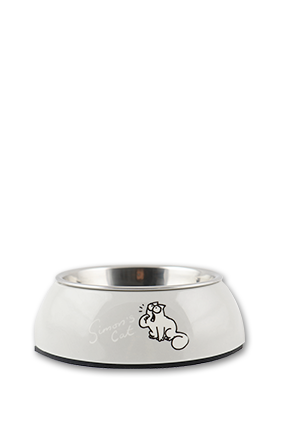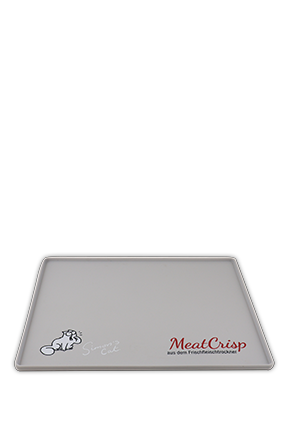How do I get my cat house-trained?
Cats are generally considered to be very clean animals, but they are not naturally house-trained and they must first learn to use the litter tray. Getting cats house-trained requires patience and perseverance on your part. Always remain calm and friendly, otherwise your cat will have negative associations with going to the toilet. But there are a few tricks that can also get your cat doing what you want.
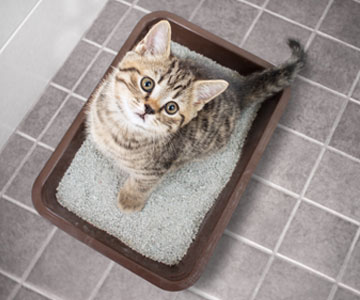 How do I get my cat house-trained?
How do I get my cat house-trained?
A quiet spot in the right location
- Place the litter tray in a quiet place
- Avoid draughts
- Avoid through traffic and spectators
- Do not close the door to the room, the cat should always have free access.
- There should be no distractions from other pets, such as dogs.
- Set up several litter trays. The rule of thumb here is: number of cat and floors in the home plus one.
What do I need to consider when choosing a litter tray?
Not only the location of the litter tray is important to the cat, but also the kind of litter tray.
- The first thing to consider is the right size. The cat should have enough space. The litter tray should be about one-and-a-half times the size of the cat. Also take into account that the cat’s tail should not touch the litter tray.
- Small cats need a litter tray with a low rim or entry so they can get in and out easily.
- Antistatic material is best
- A tray without a cover is more attractive to cats as a litter tray. At first glance, litter trays with a cover appear to offer the cat a better sense of security. But if you observe cats urinating in nature, they will look for an open area and avoid hollows etc.
- The tray should be easy to clean. This is because the litter tray needs to be cleaned regularly, as cats are hygienic animals and prefer a clean place.
How often should the litter tray be cleaned?
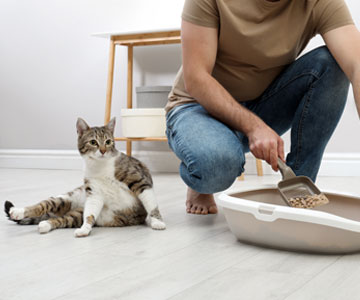 Cleaning the litter tray regularly is important.
Cleaning the litter tray regularly is important.
Getting your cat used to the litter tray
- After feeding and when it wakes up, put the cat directly on the litter tray
- Praise the cat when it uses the litter tray so that it has positive associations with it
- Do not clean the toilet immediately so that the cat associates the smell with this place
- Do not let the cat into other rooms until it is house-trained, as it may try to mark its new territory. If it does so, remove the urine with a water-vinegar mixture so that the cat does not keep going there.
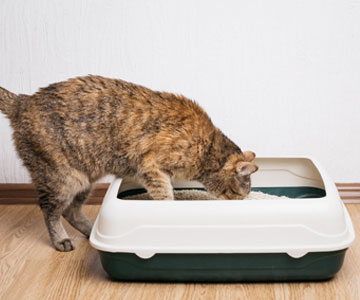 Getting your cat used to the litter tray
Getting your cat used to the litter tray
Why has my cat stopped using the litter tray?
- Psychological stress: This can have a wide range of causes. You might simply have bought new furniture or have moved house, for example, or there might be a lot of noise (from workmen) or new or constant visitors.
- Diseases: Especially in winter, urinary tract infections can easily occur. But even at other times of the year, your cat may have illnesses that cause problems in going to the toilet. If this happens, contact your vet.
- Cat litter tray: But the reason could also be the litter tray itself. It might not be clean enough or be in an unsuitable place, or your cat might have outgrown it.
- Mourning: The loss or absence of someone your cat loves, another cat or another animal may be the problem.
- Cats in season: Pheromones contained in urine are said to attract mating males.
- Jealousy: When new animals arrive in the home, cats will mark their presence and either want to make contact or make their territory clear to the competition.
- Protest: The cat might be protesting against certain living conditions that it does not like or be crying for attention
- New odours: a new detergent, for example
- Cat litter: Maybe the smell or consistency of new litteris disturbing the cat
How do I get my cat to stop marking its territory?
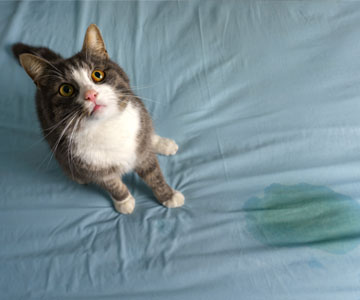 How do I get my cat to stop marking its territory?
How do I get my cat to stop marking its territory?
Advantages of PLATINUM cat food
- PLATINUM stands for a transparent and simple declaration. Only what it says on the label is inside.
- PLATINUM is generally very well accepted by cats of all breeds and ages. Even cats with sensitive digestion or intolerances usually tolerate PLATINUM cat food well.
- Dry food for cats from the Freshmeatdryer is called MeatCrisp and has many valuable properties that benefit the cat's health. MeatCrisp is made from fresh meat alone and contains no meat meal or meat-and-bone meal.
- With 83 % fresh meat content in the dry cat food, PLATINUM places great value on a species-appropriate composition of the food.
- MeatCrisp also contains no gluten-containing cereals.
- In addition, our cat food does not contain any other attractants such as catnip and is still particularly tasty.


 Deutsch
Deutsch
 English
English
 Nederlands
Nederlands
 Français
Français

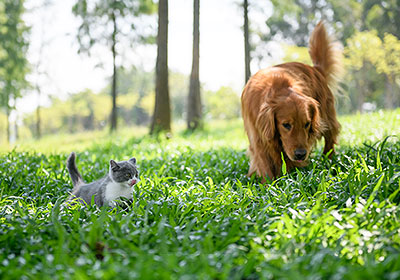
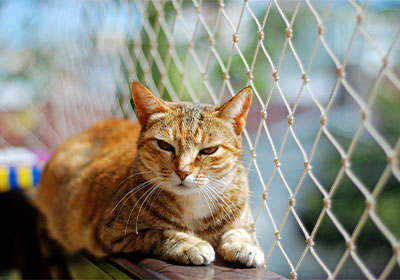
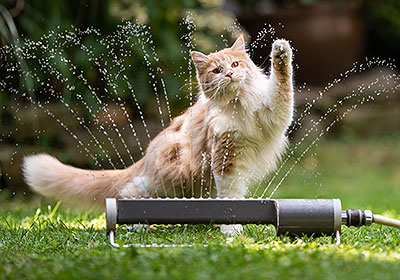
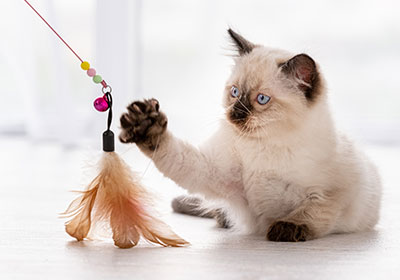
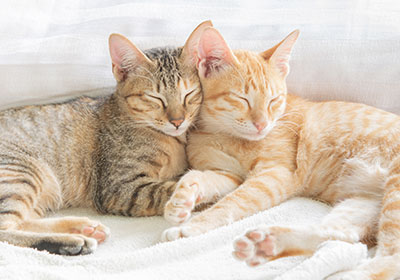
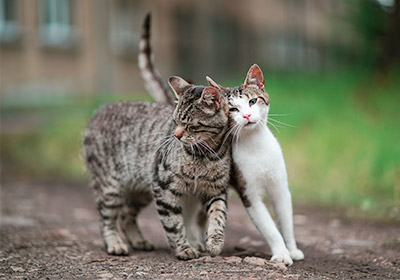
.png)
.png)
.png)
